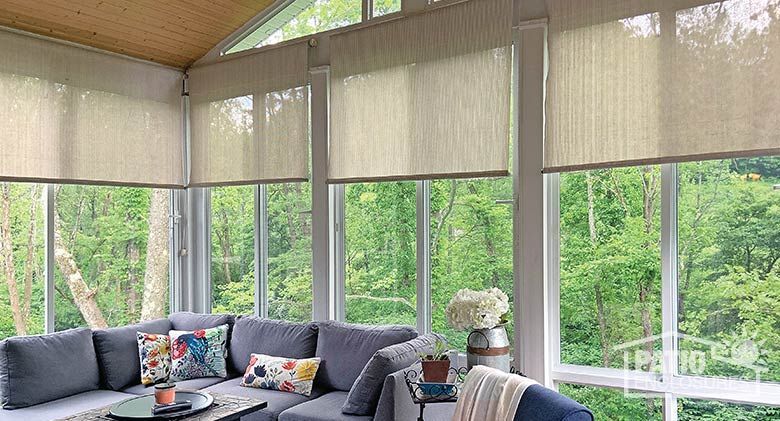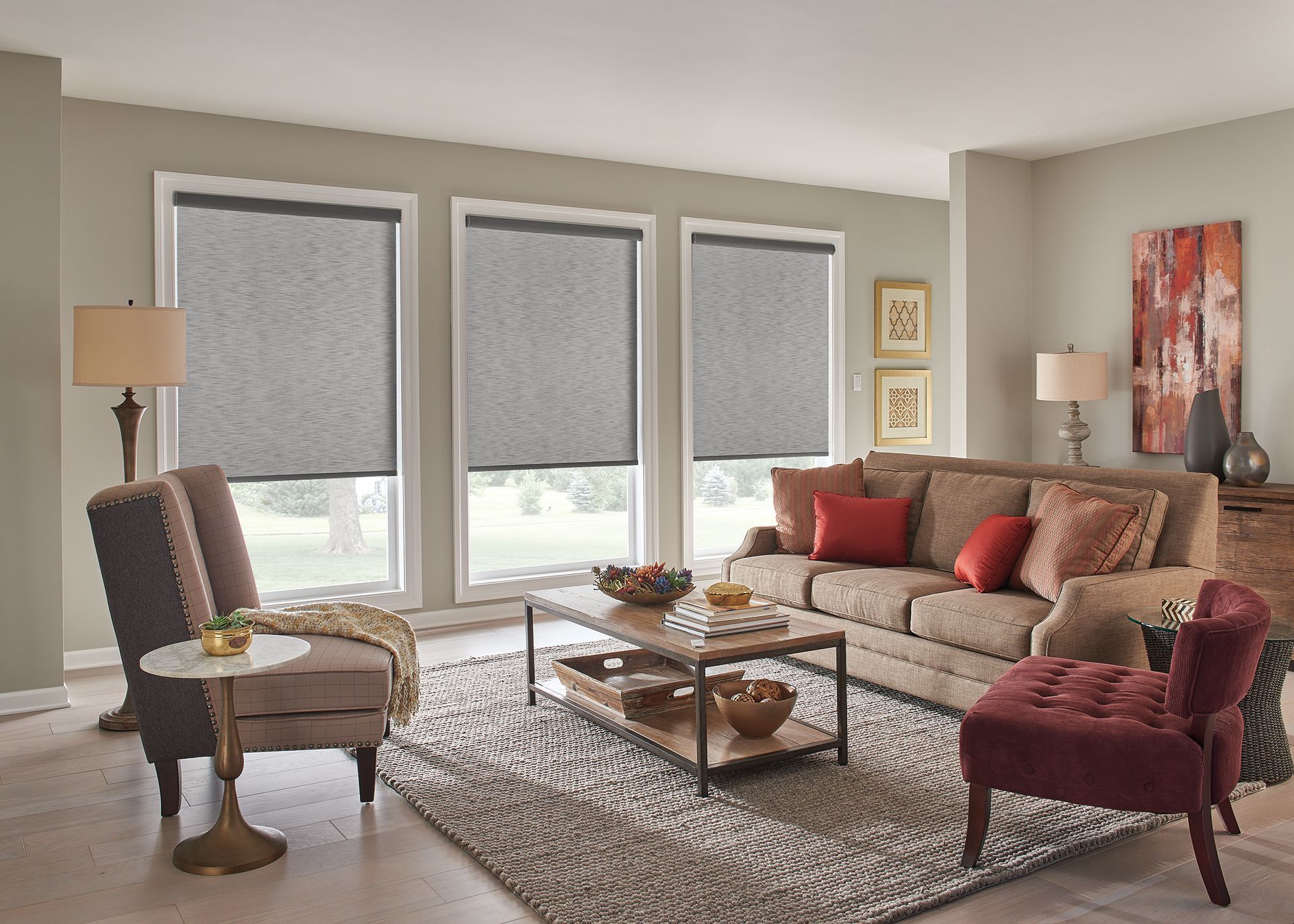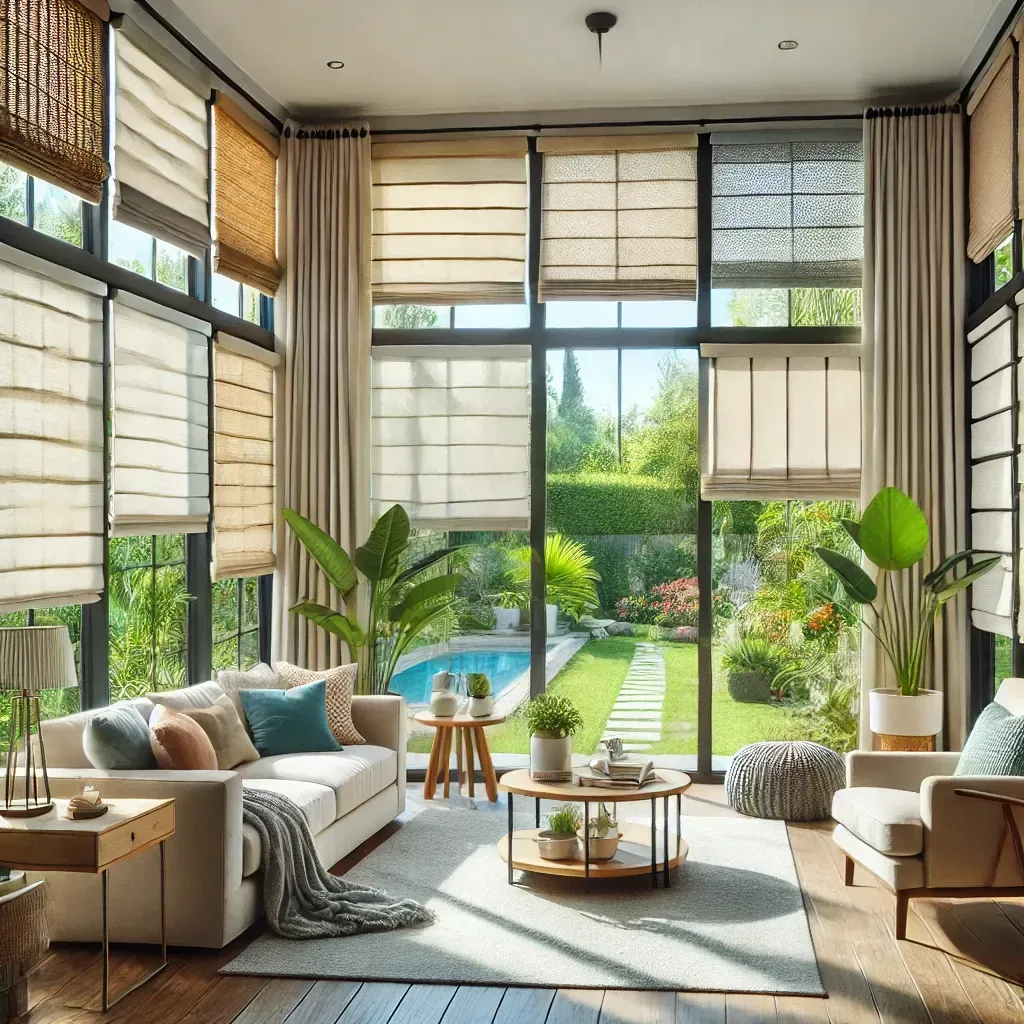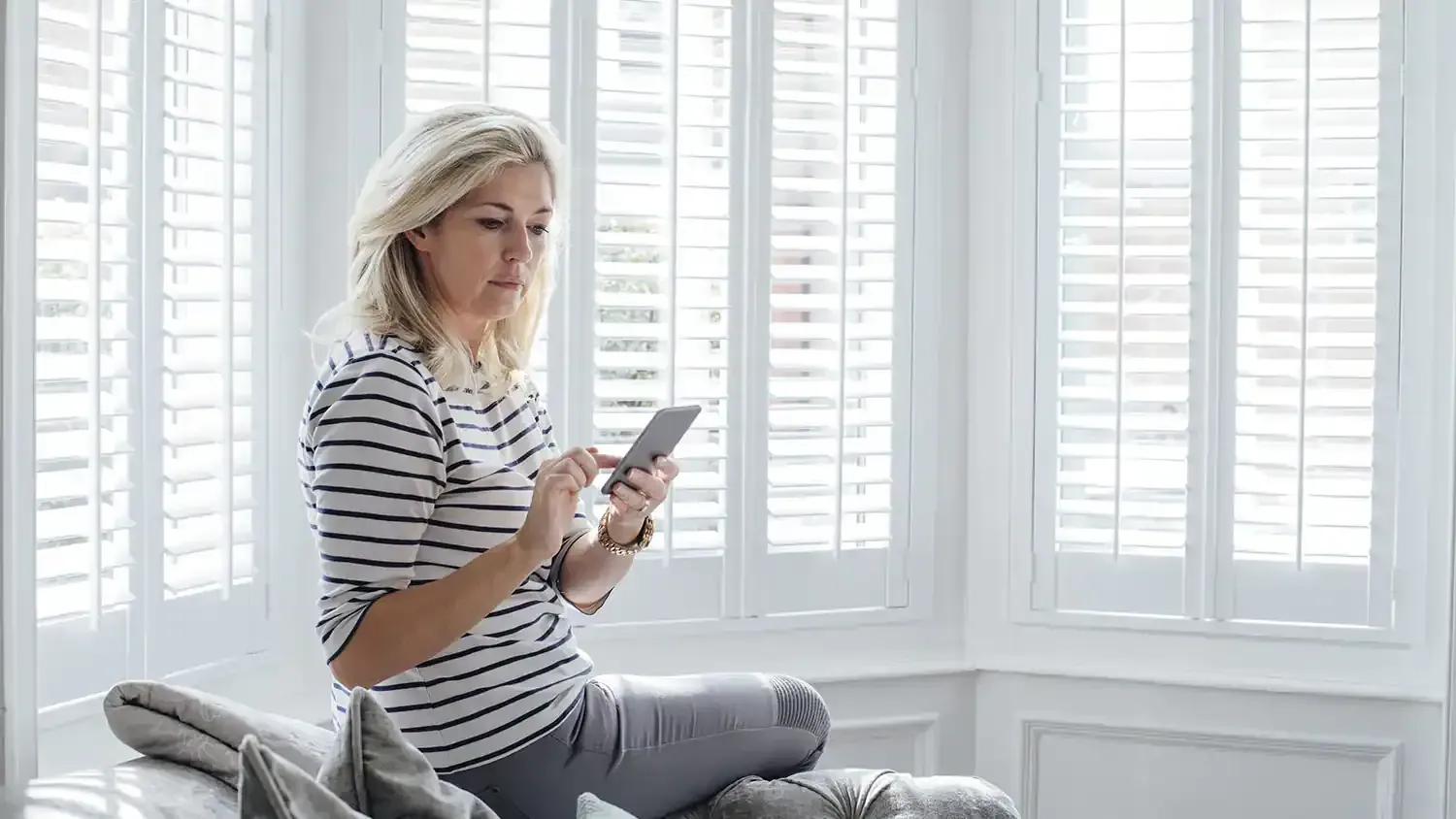Can Window Treatments Reduce My Home’s Carbon Footprint?
TLDR;
Yes,
window treatments can significantly reduce your home’s carbon footprint by improving insulation, minimizing heat loss in winter, and reducing heat gain in summer. Energy-efficient window treatments like cellular shades, insulated drapes, and solar shades lower energy consumption, reducing reliance on fossil fuels and cutting utility costs.
How Window Treatments Reduce Your Home’s Carbon Footprint
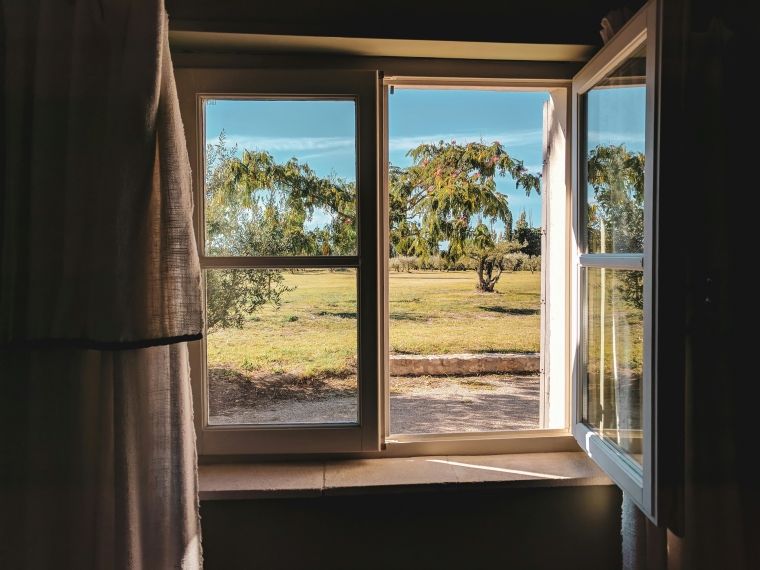
Windows play a critical role in a home’s energy efficiency. According to the U.S. Department of Energy, windows account for up to 30% of residential heating and cooling energy loss. This means that even if your home has a modern HVAC system, energy can still escape through untreated windows, causing higher utility bills and increased carbon emissions.
Energy-efficient window treatments offer a practical and cost-effective way to
reduce heat loss in winter and block heat gain in summer. By making smart choices in sustainable window coverings, homeowners can
improve insulation, regulate indoor temperatures, and decrease energy use—directly lowering their carbon footprint.
How Windows Contribute to Energy Loss
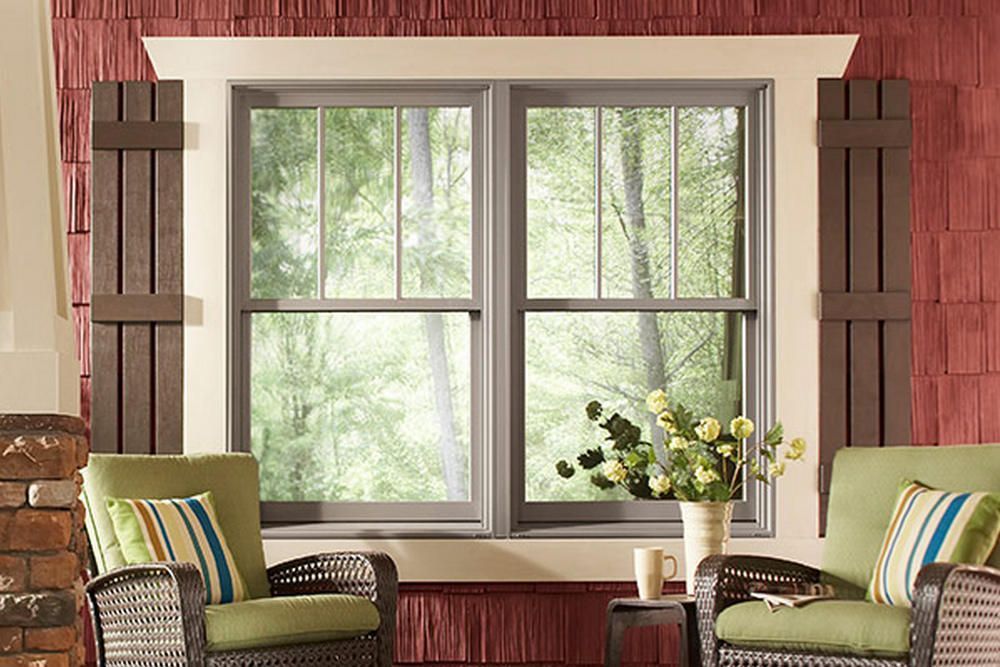
Heat Transfer Through Windows
Windows are one of the biggest culprits of energy loss in homes due to heat transfer. Here’s how it happens:
- In the winter, warm air escapes through untreated glass, forcing heating systems to work harder.
- In the summer, sunlight enters through windows, increasing indoor temperatures and making air conditioners run longer.
Without energy-efficient window coverings, this constant exchange of heat forces your HVAC system to consume more energy, increasing fossil fuel reliance and greenhouse gas emissions.
The Role of Window Treatments in Energy Efficiency
Proper window treatments
act as a barrier, reducing the flow of heat in and out of your home. By choosing the right solutions, you can
dramatically cut energy consumption and lower your home’s overall carbon footprint.
Best Energy-Efficient Window Treatments for Carbon Footprint Reduction
1. Cellular (Honeycomb) Shades – The Ultimate Insulation Solution
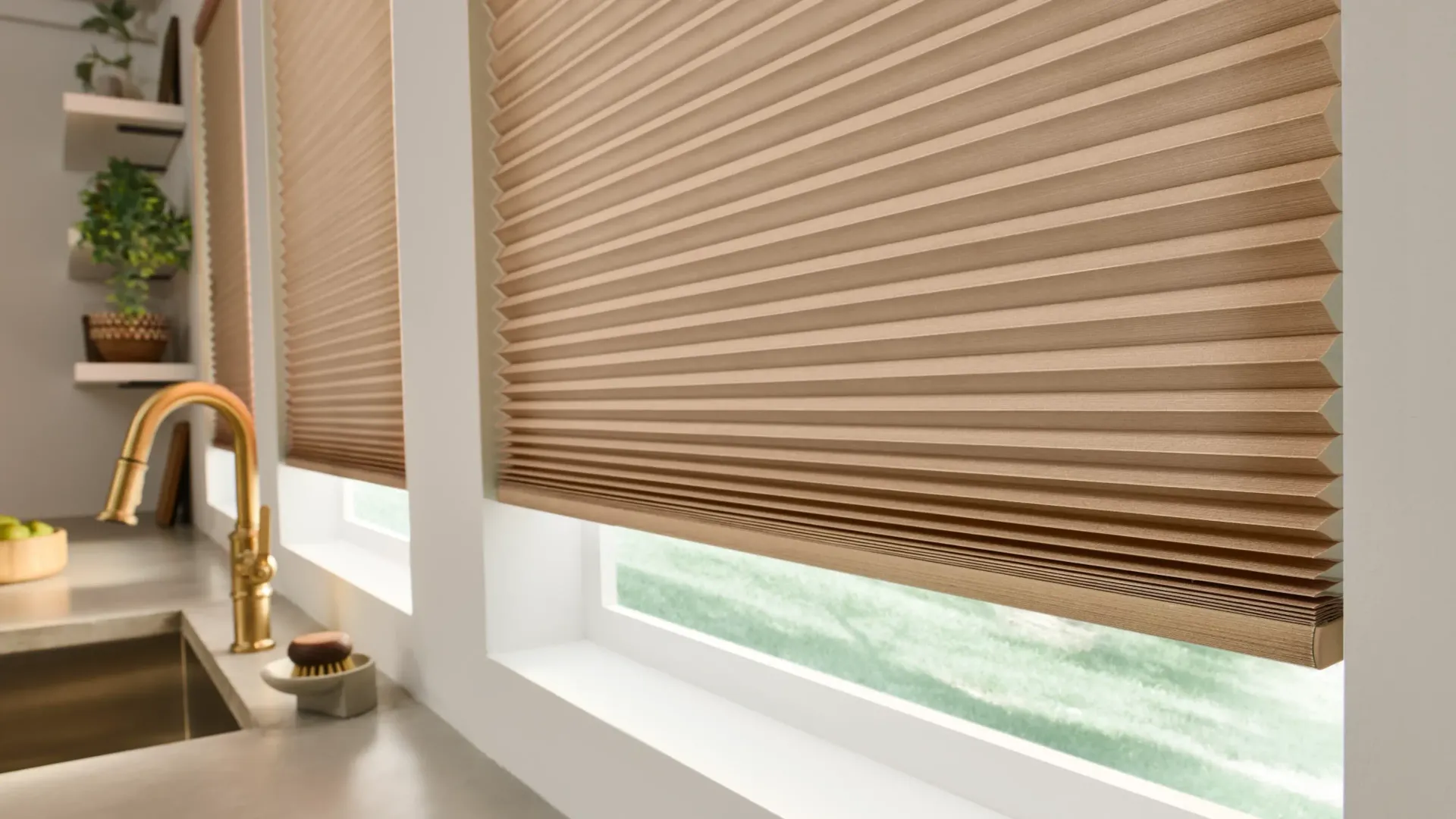
Why they work:
- Designed with a unique honeycomb shades structure that traps air, creating an insulating layer.
- Reduce heat loss by up to 40% in winter and minimize heat gain in summer.
- Work well in both hot and cold climates.
2. Solar Shades – Balancing Natural Light & Heat Control
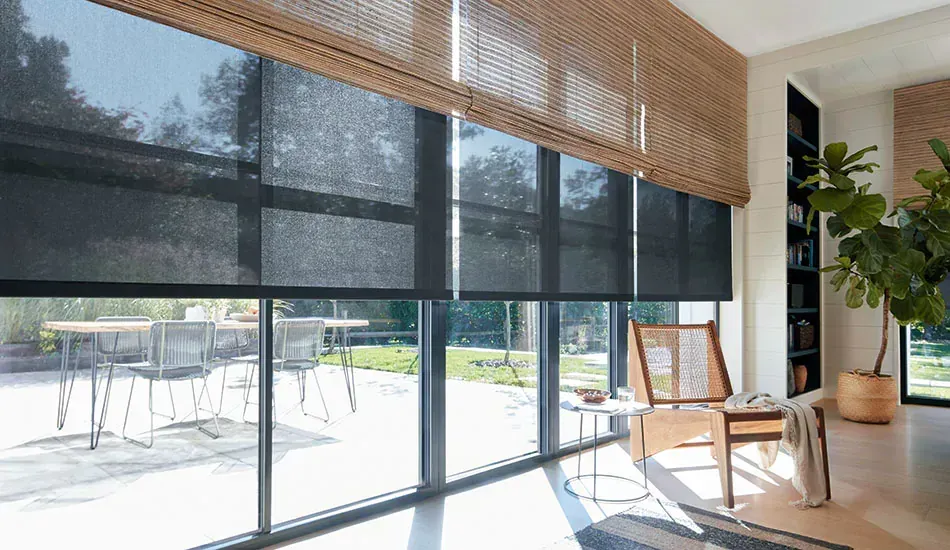
Why they work:
- Reduce solar heat gain while maintaining natural light.
- Block harmful UV rays, preventing indoor heat buildup.
- Best for sunny regions where excessive sunlight increases cooling needs.
3. Insulated Drapes & Curtains – Stylish & Sustainable
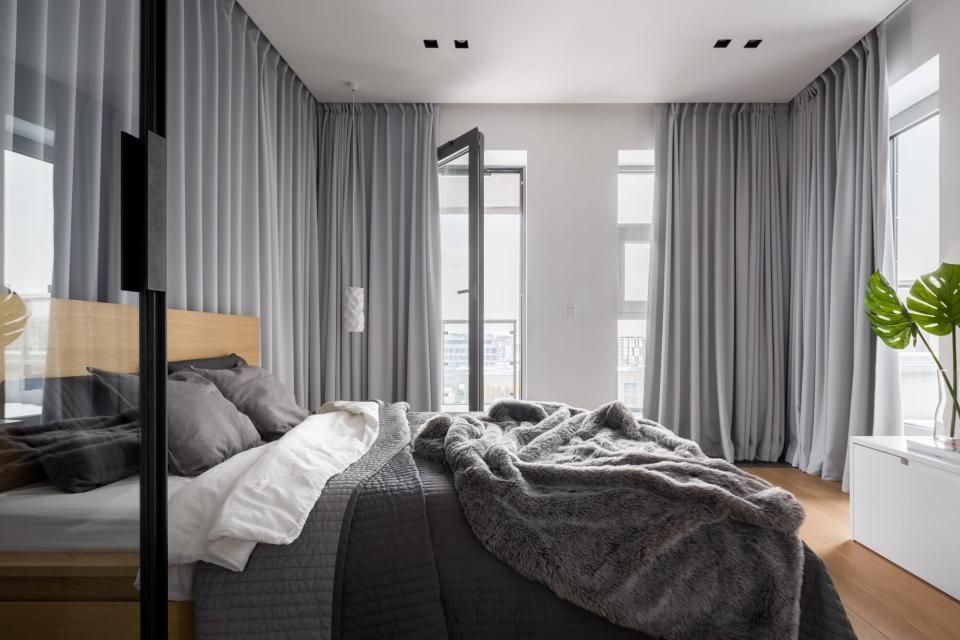
Why they work:
- Thick, layered fabrics like wool, cotton, and recycled polyester create a strong thermal barrier.
- Prevent heat loss in winter and reflect heat in summer.
- Great for homeowners looking for a stylish yet effective solution.
4. Window Films – Cost-Effective & Energy-Saving

Why they work:
- Reflect UV rays, reducing glare and heat penetration.
- Lower cooling costs by up to 30% in hot climates.
- Work best when combined with other window treatments.
Choosing the Right Window Treatment for Your Climate

Cold Climates
- Best option: Cellular shades & insulated drapes.
- Why? They trap heat inside, keeping indoor temperatures stable.
Warm Climates
- Best option: Solar shades & window films.
- Why? They reduce sunlight penetration, keeping rooms cooler.
Humid Climates
- Best option: Bamboo or moisture-resistant recycled polyester shades.
- Why? They prevent mold and mildew buildup. For a deeper dive into selecting the most effective solutions for humid environments, check out our Best Window Treatments for Humidity guide.
Smart Window Treatments: The Future of Energy Efficiency

Automated Blinds & Smart Shades
Advancements in smart home technology have made it possible to automate window treatments for maximum energy efficiency.
- Motorized blinds can be programmed to adjust based on outdoor temperatures.
- Smart shades can be controlled through home automation systems like Google Home, Alexa, or Nest.
- These features prevent unnecessary heat loss and gain, reducing overall energy consumption.
How Much Energy (and Money) Can You Save?

Energy Savings Data
- Cellular shades can cut energy costs by up to 25%.
- Solar shades reduce cooling costs by up to 30%.
- Insulated curtains can lower heating expenses by 15-20%.
By integrating energy-efficient window treatments, homeowners can
save hundreds of dollars annually while reducing their home’s carbon footprint.
Additional Ways to Boost Energy Efficiency

Pairing window treatments with other energy-saving upgrades can maximize results. Here are some additional solutions:
- Weather Stripping & Caulking – Sealing window edges prevents air leaks.
- Low-E Windows – Reflect heat while allowing natural light.
- Proper Maintenance – Cleaning blinds and curtains ensures optimal performance.
Conclusion
Reducing your home’s carbon footprint doesn’t require expensive renovations—it can start with something as simple as upgrading your window treatments.
By investing in energy-efficient blinds, thermal curtains, and solar shades, homeowners can cut down on energy consumption, save money, and contribute to a healthier planet.
Get Expert Advice from All Window Decor
At
All Window Decor, we specialize in providing high-quality, sustainable window treatments tailored to your home’s energy needs.
Contact us today to explore the best eco-friendly options for your space and start making your home more energy-efficient.

